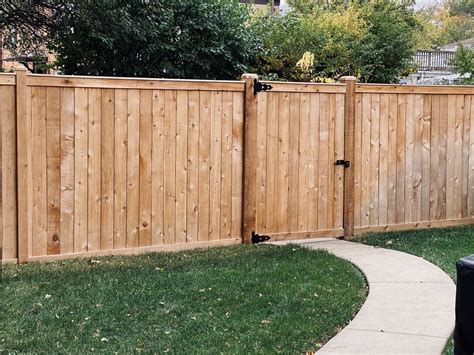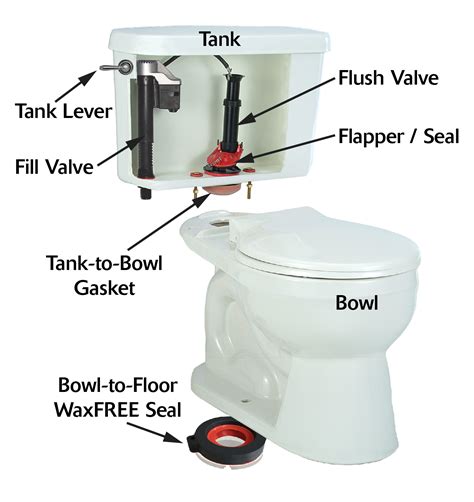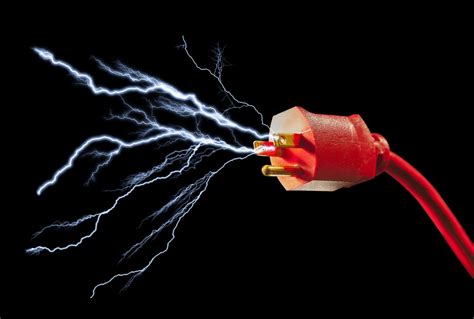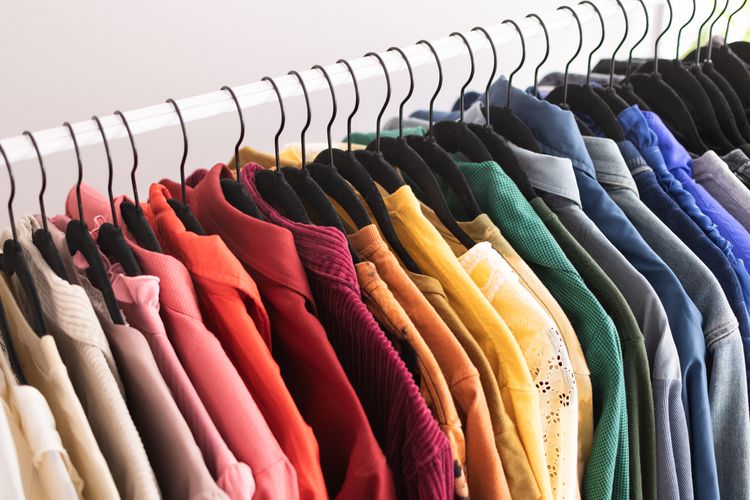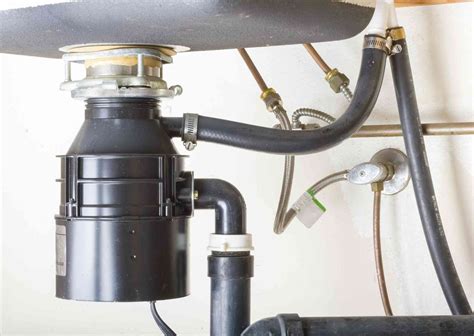
Is your garbage disposal acting up? Don’t worry, many common garbage disposal issues can be easily fixed without the need for professional assistance. In this article, we’ll guide you through various problems that can arise with a garbage disposal and provide simple solutions to get it back up and running.
Types of Garbage Disposals to Know
Before we dive into the troubleshooting process, it’s important to understand the different types of garbage disposals available. The two main types are continuous feed disposals, which are the most common and operate with a wall switch, and batch feed disposals, which require a stopper to activate the grinding process.
Garbage Disposal Will Not Turn On
If your garbage disposal refuses to turn on, there are a few things you can check:
1. Check the Power
Ensure that the disposal is plugged in securely and that the outlet is receiving power. You can test the outlet by plugging in another device to see if it works.
2. Reset the Disposal
Locate the reset button on the bottom or side of the disposal unit. Press it firmly to reset the motor. This can often resolve power-related issues.
3. Check the Circuit Breaker
If the disposal is connected to a circuit, check the circuit breaker in your electrical panel. If it has tripped, reset it and try running the disposal again.
Disposal Hums But Does Not Grind
If your garbage disposal makes a humming noise but doesn’t grind the food, try these solutions:
1. Use the Reset Button
Press the reset button on the disposal to reset the motor. Sometimes, a jammed or overloaded disposal can trigger the humming sound.
2. Insert a Hex Wrench
Many disposals have a hole at the bottom where you can insert a hex wrench. Rotate the wrench back and forth to manually free up the grinding mechanism. Once freed, remove the wrench and test the disposal again.
3. Clear the Jam
If the hex wrench doesn’t work, turn off the power to the disposal and use a pair of tongs or pliers to remove any obstructions from the disposal chamber. Be cautious and avoid putting your hands inside the disposal.
Disposal Is Leaking
Leakage is a common problem with garbage disposals. Here are a few areas to check:
1. Leak at the Sink Flange
If water is leaking from the top of the disposal where it connects to the sink, the sink flange may not be sealed properly. Tighten the mounting bolts or replace the plumber’s putty to create a watertight seal.
2. Leak at the Dishwasher Connection
If the leak is coming from the dishwasher connection, ensure that the clamp is securely fastened and that the rubber hose is in good condition. Replace any damaged components if necessary.
3. Leak at the Discharge Drainpipe
A leak from the discharge drainpipe may indicate a loose connection or a damaged pipe. Check the connections and tighten them if needed. Replace any damaged pipes or fittings to eliminate the leak.
Disposal Drains Slowly
If your garbage disposal is draining slowly, follow these steps:
1. Run Cold Water
Turn on the cold water faucet and let it run while operating the disposal. Cold water helps solidify grease and oils, allowing them to be chopped up and flushed away more effectively.
2. Clean the Disposal
Periodically clean your garbage disposal by grinding ice cubes and a small amount of rock salt or vinegar. This helps remove buildup and keeps the disposal running smoothly.
3. Check for Clogs
If the disposal continues to drain slowly, there may be a clog in the drainpipe. Use a plunger or a plumbing snake to clear the blockage. If the problem persists, it’s advisable to seek professional help.
Garbage Disposal Repair Safety Tip
Before attempting any repairs on your garbage disposal, always remember to turn off the power to the unit. This ensures your safety and prevents accidental injury during the troubleshooting process.
Conclusion
With the right knowledge and troubleshooting steps, you can easily fix common problems that arise with a garbage disposal. By following the solutions provided in this article, you can save time and money by resolving the issues yourself. However, if you encounter complex problems or are uncomfortable with DIY repairs, it’s best to seek the assistance of a qualified plumber to ensure a safe and effective resolution.


